Questo articolo si propone di presentare i fondamenti di IoT punto di vista hardware. Per essere precisi, tutti devono conoscere l'hardware e Software aspetti della tecnologia con cui stanno lavorando. Anche i product manager IoT devono essere pienamente consapevoli degli elementi critici necessari per l’hardware IoT.
1. Cos'è l'hardware IoT?
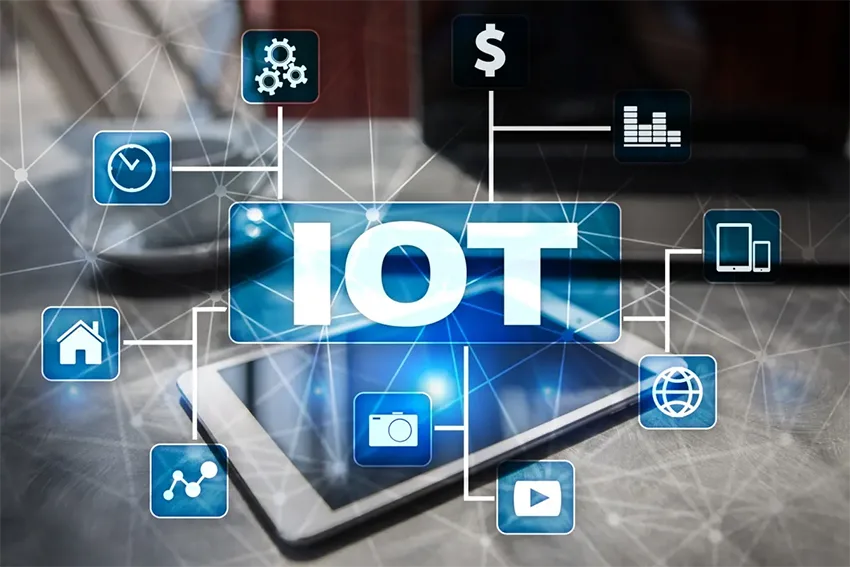
Realizzare prodotti con questa tecnologia non è così semplice come potrebbe sembrare perché è la componente hardware IoT a determinare il costo dei prodotti IoT, prestazione, esperienza, e applicazione. Purtroppo, soltanto 20% dei professionisti IoT può gestire questa parte perché le competenze richieste sono molto diverse da quelle per il software. A causa del recente progresso, anche la sicurezza è una preoccupazione quando si lavora con i circuiti hardware dei dispositivi collegati.
2. Quali sono i diversi tipi di hardware utilizzati nell'IoT?
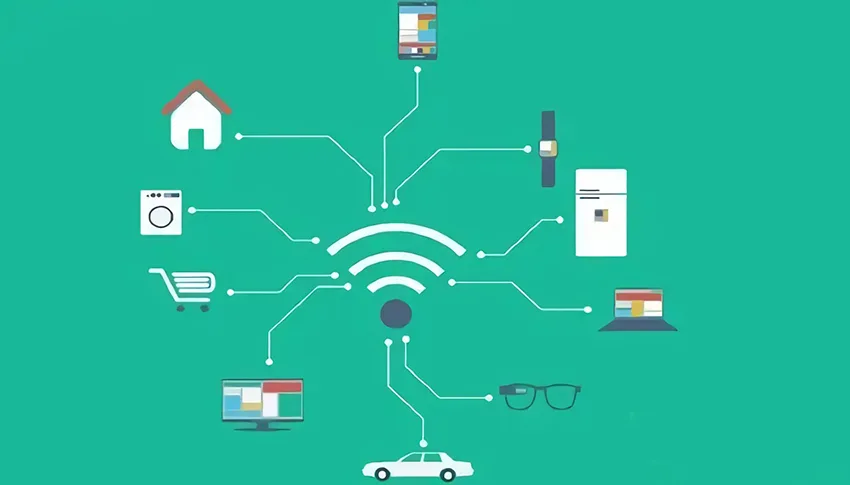
Quasi tutti i dispositivi hardware IoT hanno gli stessi componenti fondamentali, indipendentemente dal tipo di dispositivo che viene creato. Di seguito sono riportati i tre principali elementi hardware utilizzati in questa tecnologia:
Sensori: Raccolgono dati dall'interno.
Microcontrollore: Un microcontrollore riceve dati dai sensori, lo elabora, e decide come rispondere alle varie forme di informazione.
medio: Alcuni chip radio, protocolli di rete, e i moduli wireless sono i microcomponenti che consentono ciò spostando i dati attraverso vari moduli di trasmissione nel cloud.
A seconda della loro funzione, questi componenti forniscono una varietà di esperienze, ma questi tre componenti costituiscono la loro struttura fisica.
Ad esempio, poiché variabili come la temperatura ambiente non variano rapidamente, La registrazione dei dati del sensore in tempo reale in un termostato non funzionerà se altri parametri vengono modificati a intervalli predeterminati.
Inoltre, nel settore dell'automazione è necessario cambiare spesso il nastro trasportatore poiché in caso contrario il motore potrebbe surriscaldarsi ed emettere fumo. Questo perché le variazioni di carico possono far sì che il motore inizi a mormorare.
Applicazioni dell'IoT non alterare il funzionamento dei sensori, microcontrollori, o i componenti di comunicazione funzionano. Il sensore registrerà vari HVAC (aria calda, ventilazione, e aria fredda) letture della temperatura del sistema nel primo scenario. Registrerà inoltre la frequenza del nastro trasportatore prodotta dal motore nel secondo scenario. La misurazione viene migliorata e regolata da un circuito di regolazione del segnale prima di essere inviata al blocco di costruzione successivo. Il microprocessore elabora quindi i dati del sensore per funzionare in base alla temperatura ambiente o alla velocità del nastro trasportatore, regolando anche il controller del motore. In definitiva, i media o i circuiti di comunicazione si collegano alle risorse del cloud computing, che può aiutare ad analizzare i dati provenienti dai sensori del nastro trasportatore o a indicare ai proprietari la loro temperatura ambiente alterata.
3. Come funzionano l'hardware e il software IoT
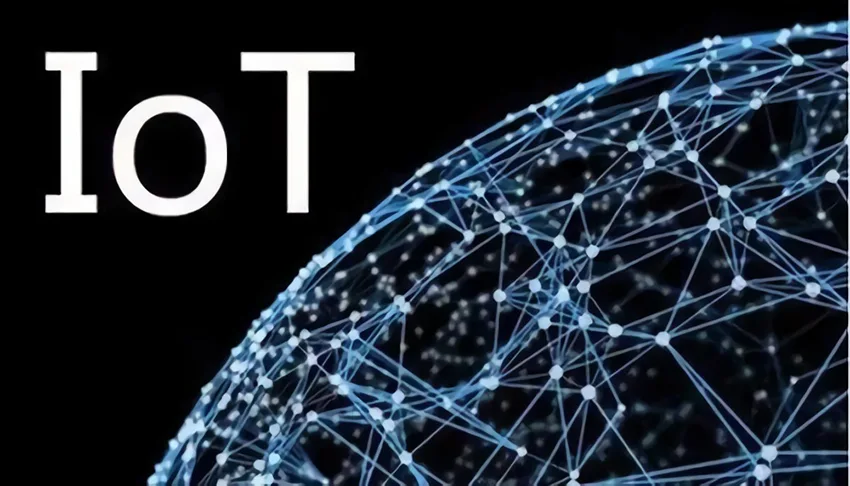
Gli elementi essenziali di un sistema IoT
Hardware
L’Internet delle cose è composto da miliardi di oggetti collegati, molto spesso sensori e attuatori, che ti permettono di percepire o influenzare l'ambiente fisico che ti circonda. Questi dispositivi necessitano di capacità di elaborazione e archiviazione di base, solitamente forniti da microcontrollori, sistema su chip (SoC), o array di porte programmabili sul campo (FPGA). Hanno anche bisogno dell'accesso alla rete per trasmettere i dati che raccolgono.
Programmazione incorporata
I gadget IoT sono gadget incorporati. Per la prototipazione, possono fare uso di piattaforme commerciali di microcontrollori (come Arduino) prima di realizzare successivamente i propri circuiti stampati (PCB). Queste piattaforme richiedono esperienza nella progettazione di circuiti, programmazione del microcontrollore, e una conoscenza approfondita dei protocolli di comunicazione hardware utilizzati per collegare i sensori e gli attuatori collegati al microcontrollore, come quello seriale, I2C, o SPI. Tipicamente, le applicazioni embedded vengono create in C ++ o C. Tuttavia, for developing and expanding IoT systems, Python and JavaScript (for UIs and platforms) are gaining popularity.
Sicurezza
Nell'Internet delle cose, security is one of the most critical concerns and is directly tied to data ethics, privacy, and responsibility. Every stage of the system design must include it. The number of possible (or actual) attack media expands daily as thousands of new gadgets are linked. With so much at risk, having security engineering skills is essential. These skills include threat assessment, ethical hacking, encryption, safeguarding network infrastructures and applications, event monitoring, activity logging, and threat intelligence.
Networking and clustering
Due to the vast number of linked devices and the potential effects that network design choices may have on deployed large-scale IoT systems, network design and management are essential in the IoT.
L'infrastruttura cloud viene utilizzata nelle applicazioni IoT per l'implementazione della logica aziendale e l'elaborazione dei dati, analisi, e stoccaggio. I dispositivi possono interagire tra loro e con programmi e servizi basati su cloud grazie alla connettività. Lo streaming di dati in tempo reale e l’aggregazione nel cloud sono necessari per il funzionamento efficace dell’Internet delle cose, anche se il cloud computing e l’Internet delle cose sono tecnologie completamente diverse.
Analisi e previsione dei dati
Gli sviluppatori dovranno effettuare la raccolta in modo sicuro e affidabile, negozio, e analizzare enormi volumi di dati eterogenei provenienti da dispositivi IoT poiché il numero di dispositivi IoT che comunicano dati aumenta ogni giorno. Invece di trasmettere tutti i dati al server, potrebbe essere utile filtrare o eliminare i dati non necessari ai margini della rete poiché molti Dispositivi IoT produrre tempo- o dati sensibili alla latenza.
Intelligenza artificiale e apprendimento automatico
L’intelligenza artificiale e il machine learning sono componenti utili dei sistemi IoT che possono essere utilizzati per creare valore e utilizzare l’enorme quantità di dati prodotti dai dispositivi IoT. Queste strategie impartiscono l’apprendimento automatico esponendo i computer a molte informazioni sul problema. Questi metodi possono essere utilizzati per eseguire analisi predittive sui flussi di dati dei sensori in tempo reale e generare giudizi autonomi basati sui dati in arrivo. Puoi utilizzare l'apprendimento automatico per trovare tendenze o anomalie nei dati storici, che può aiutarti a formulare giudizi critici.
Internet delle cose e industria
L’Internet delle cose industriale (IIoT), conosciuto anche come Industria 4.0 e la Quarta Rivoluzione Industriale (I4), è emerso come risultato dell’influenza dell’IoT sugli ecosistemi industriali (or “IIoT”). Physically linked industrial assets, such as those in production workshops and connected logistical tools and procedures, are referred to as an “interconnected ecosystem.”
4. Qual è il costo dell'hardware IoT
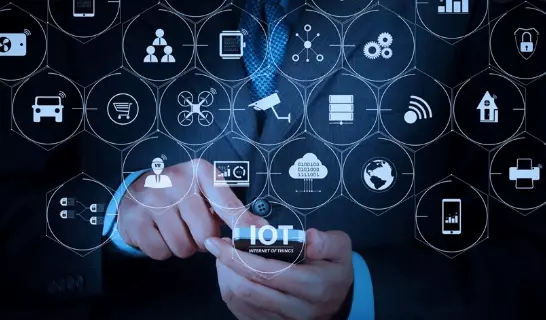
How to find reasonable budget expectations for Progetti IoT and how to add value.
Every IoT solution exists to provide value. And the value must be greater than the expense. Making a solid business case should be your priority as the product owner. Knowing the value of your business case helps you determine how valuable your solution is. (This isn’t simple in and of itself; we’ll go into greater depth shortly.) Tuttavia, how do you calculate the price? Let’s divide the expenses into these three groups:
• Development costs
• Production cost
• Operating costs
La spesa iniziale per la creazione di una soluzione è chiamata costo di sviluppo. Ciò rappresenta principalmente la spesa per lo sviluppo di hardware e software specializzati.
Il costo unitario per produrre un dispositivo IoT è noto come costo di produzione. Costi associati agli impianti, Software, e l'hardware sono inclusi.
Le spese operative per un sistema IoT sono definite spese operative. Sono incluse le tariffe per l'hosting cloud e la licenza del software.
Esaminiamo ciascuno individualmente.
Hardware dell'IoT Costi di sviluppo
Ogni soluzione IoT è unica. Ma ogni La soluzione IoT ha una cosa in comune: hanno tutti bisogno di hardware e software specializzati. Inoltre, sarebbe meglio se creassi hardware e software. Sono sostenuti costi per lo sviluppo. Il livello di personalizzazione necessario determinerà quanto costerà lo sviluppo.
Software development is often more straightforward (and less costly). Tuttavia, since there is a lot of software, it will cost more to build it than it would construct hardware. In a few situations, customized software is necessary:
- Customized embedded software (firmware) to work with specific hardware
- individual smartphone apps
- unique front-end (smartphone and Web applications)
- Customize the business logic on the back end.
- Integration software for specialized back-end applications
- Make testing software
Il costo di sviluppo sarà almeno $100,000 o più poiché gran parte del software deve essere modificato.
Il costo di produzione
Le spese di produzione vengono sostenute quando l'hardware viene creato dopo che la soluzione è stata ideata. I costi di produzione possono essere suddivisi in:
- Il costo di ciascun chip sulla scheda hardware è elencato nella distinta dei materiali (Distinta base).
- Costo di produzione: Il prezzo associato alla realizzazione di ciascun componente hardware.
- Costo dei test di produzione: il prezzo per mettere alla prova parti e macchinari.
Costi operativi
I sistemi IoT necessitano di server e software per funzionare. Questi server hanno spese di gestione. Nell'era del cloud, noleggiare l'alimentazione del computer è semplice. Puoi iniziare in piccolo e crescere semplicemente con il cloud man mano che la domanda aumenta. Non è sempre semplice calcolare la somma di queste spese. Generalmente, any decent back-end solution should cost you at least $1,000 per month.
How to achieve cost effectiveness
Going the inexpensive option is not cost-effective. Knowing what you must create and then executing it properly is critical. Being too cheap runs the danger of leading to a failing endeavor. Nobody wants that. The secret is to keep your attention on what matters most about the solution throughout the project:
- Does my approach provide a sufficient solution to the problem?
- Do enough people have this issue that my solution would work?
Ci sono 4 phases in the method:
- Create a business case. (In altre parole, provide a response to the following: Whose issue am I fixing, and how much are they paying right now to do so?)
- Create testable solutions
- Does my prototype provide a solution to the Step 1 issue?
- Recurring steps
These are challenging tasks, and your first attempt won’t be successful in solving the issue. Failure, Tuttavia, is not a terrible thing at this time since it is a learning period. It enables you to do one more iteration, with each one taking you one step further to your objective. It will finally inform you of your options. You can determine the solution’s worth after knowing what to construct.
Knowing the value makes it easy:
Value > Costo
Your value should outweigh your cost. It’s that easy.
5. Cosa sono le piattaforme hardware IoT
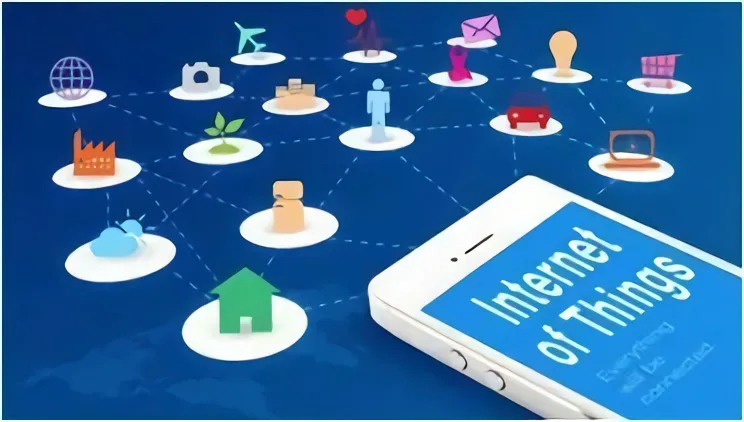
La piattaforma hardware per l'Internet delle cose a particelle
The only Piattaforma IoT available now that can provide mesh networking to its development environment is Particle. Particle offers a selection of Internet of Things (IoT) hardware packages that can connect to the network through Wi-Fi, cellular (2G/ 3G/LTE), O mesh networks. Inoltre, Particle offers a module for industrial connectivity that is intended to expand IoT applications at the corporate level.
The PIoT hardware also includes development tools that let you quickly build cloud-based IoT apps and remotely manage code on remote devices. La piattaforma Particle è più adatta per la prototipazione e può essere utilizzata per espandere una raccolta di elementi collegati.
Hardware IoT di Adafruit: specifiche piuma
Adafruit Feathers è una collezione di adattabili, portatile, e schede di sviluppo leggere per la prototipazione dinamica su dispositivi indossabili o mobili. L'obiettivo di Adafruit Feather è rendere più semplice per gli sviluppatori lo scambio di hardware. Le ali di piume sono abbellimenti fatti di piume che possono essere utilizzate su vari tipi di piume.
Hardware IoT Arduino
Il vantaggio di Arduino IoT è che offre strumenti software, supporto per librerie di terze parti, una selezione di sensori, e risorse e comunità che possono aiutare con le domande.
Concentrati sull'introduzione di diverse piattaforme hardware IoT nella sezione precedente, per poi passare al lancio ufficiale dell'hardware IoT FS4412 di Huaqing Foresight Design. Internet delle automobili, case intelligenti, industrial terminals, eccetera., are examples of application directions.
Examples of the application cases are:
- Products for audio and video (tachographs, video doorbells, network cameras for monitoring and nursing, eccetera.)
- Products for engagement and communication (social TV, robots, eccetera.)
- products for collecting data (weight scale, thermometer, air detector, bracelet, eccetera.)
- items for wireless control (Altoparlanti, air purifiers, door locks, eccetera.)
Supporting CAN modules include: parallel port camera, VGA, Zigbee module, WIFI module, GPS, Bluetooth, AVIN, USB camera, matrix keyboard, RFID module, CAN/RS-485 bus, relay, serial port extension string, eccetera. They also cover the Internet of Things, industrial field, intelligent terminal, robot instrumentation, and other applications.
6. World-renowned IoT hardware compansì
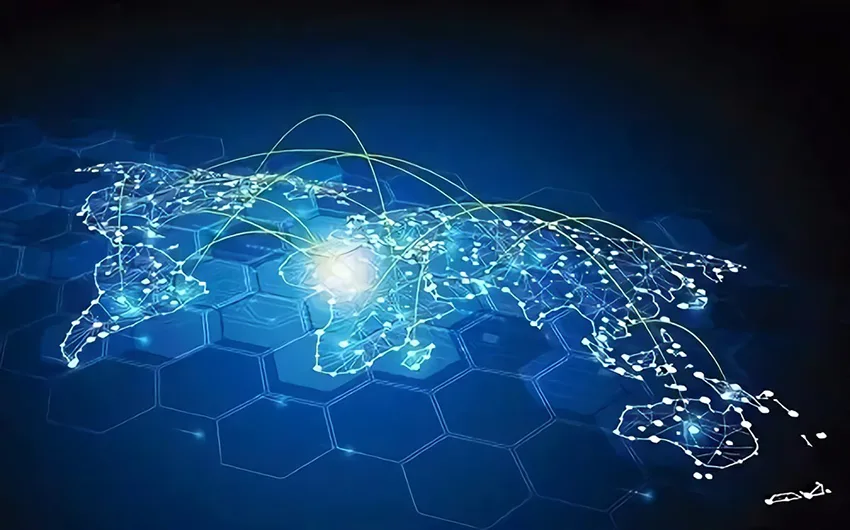
1. Cisco
As the leading networking firm in the world right now, Cisco already has a significant amount of the resources required to introduce goods into the IoT ecosystem and begin establishing connections. According to internal forecasts, IL Internet delle cose (IoT) will be linked to 50 billion devices by 2020, and Cisco will undoubtedly have something to show for it.
It is now possible for businesses to connect, tenere sotto controllo, and control previously disconnected devices and improve physical security and the protection of digital assets and data thanks to Cisco IoT systems and many other IoT infrastructure technologies that have reached maturity.
2. A&T: il principale operatore Internet of Things al mondo
One of the biggest telecom companies in the world, A&T, has made a point of offering network services for the Internet of Things. Several innovative city projects have been announced by AT&T, including the IoT Smart City Framework and a fresh set of IoT developer tools.
The third behemoth is GE, a prodigious leader in conventional industries’ effective digital transformation.
General Electric (GE) is among them, which is not unexpected. Ge offers a variety of hardware and software solutions that have been successfully used in the “Internet of Things” sector.
Insieme, GE and Cisco have created a set of apps that Cisco may use to install GE quality manufacturing equipment in safe IT environments. Inoltre, the two businesses have created a reference standard for Internet of Things network architecture. This is a plan for how Cisco’s network infrastructure may be used in conjunction with GE’s digital industrial solutions to collect data from the equipment on the factory floor.
3. Bosch, il vero leader del settore automobilistico
The Internet of Things is the primary area of focus for Bosch’s research and development. Bosch is well-known as a German producer of household favorite automobile items and, more recently, a cloud platform and a variety of software products.
The company’s IoT aspirations are built upon the Bosch IoT system. Some Bosch research claims that the Bosch IoT system aids in connecting the goods of conventional businesses to the Internet and is dependable, secure, affordable, and simple to scale. It also offers logic application support for value-added services.
4. Intel è più di un semplice produttore di chip per computer.
Although Intel remains the biggest chip manufacturer in the world, the repercussions of its smartphone failures have put pressure on the company to find other sources of income. Da 2013, when it established a specific IoT business unit, Intel has shown both the will and the strength to become a market leader in the IoT industry.





















